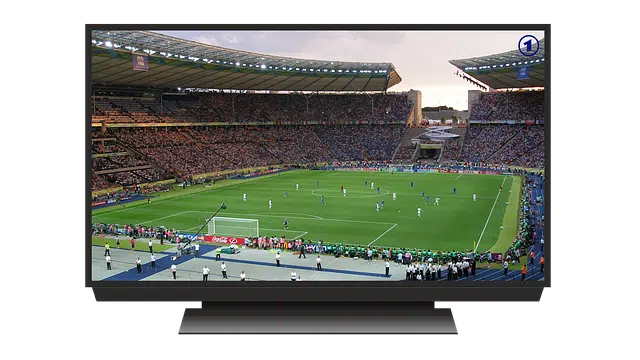
Originally, one inch was equivalent to the width of the first phalanx of the thumb of the hand.
Inch is a term that comes from thumb . The concept is used to name a type of measurement whose value has changed throughout history . In its original sense, the inch was equivalent to the width of the first phalanx of the thumb of the hand.
For logical reasons, the inch was not the same length in all countries . Generally, the thumb of the monarch of the region was taken as the unit, something that caused differences in the equivalences.
The inch throughout history
Starting in the 19th century , the decimal metric system began to be used and the inch fell into disuse. The exception is found in the Anglo-Saxon countries, which maintained the inch as a unit of measurement and established its length at 25.4 millimeters .
In the Anglo-Saxon system of units, therefore, the inch (or inch , as it is known in English) continues to be used. There are, therefore, various equivalences between inches and their multiples .
One foot , for example, is equal to twelve inches . A yard , meanwhile, is equivalent to thirty-six inches . A mile is equal to 63,360 inches and a league is equal to 190,080 inches .
The concept in American sports
Inches are common when watching American sports . In the NBA , Americans mention the height of players in inches. Thus, it can be said that LeBron James is 6 feet 8 inches (the equivalent of 2.03 meters ).
In American football , for its part, the expression 4th and inches is used to name a certain advance, opportunity or down of a team .

It is common for the size of a television to be expressed in inches.
Televisions and inches
The television industry also relies on this unit of measurement to differentiate the various sizes of its products. In general, all companies publish devices whose dimensions are within a certain range, even if this does not present a regular scale, since certain measurements are not common; For example, there are 24, 26, 27 and 32-inch televisions, but not the intermediate sizes missing from that list.
Before the digital age, when televisions were manufactured with cathode ray tube technology (recognized by the acronym CRT , Cathode Ray Tube ), consumers often had no notion of screen definition, but rather were They focused on the sharpness and size of the device. In other words, until the mid-90s, much of the public assumed that size was a very important factor when choosing a television, as if it were synonymous with "image quality."
Currently, given that the average population has a greater degree of information related to the technology of this type of device, the dimensions of the television do not have as much priority as the definition, contrast and type of screen. While hearing 50 inches is enough to tempt many people to spend all their money on a luxury device, other concepts, related to the technologies used for manufacturing and video playback, weigh more.
Use of the concept in Spanish-speaking countries
It is very curious that although most Spanish-speaking people do not know how many millimeters an inch corresponds to, they all use this unit of measurement to compare the size of devices such as mobile phones, tablets and monitors.
This confusion increases when it is combined with the fact that screen manufacturers measure them diagonally, taking two non-consecutive vertices, and that not all of them have the same aspect ratio , also called ratio , ratio or aspect ratio . In short, knowing that a monitor is 23 inches is not enough to know its proportions, since, for example, one with a 16:9 ratio looks much wider than a 4:3 one.
